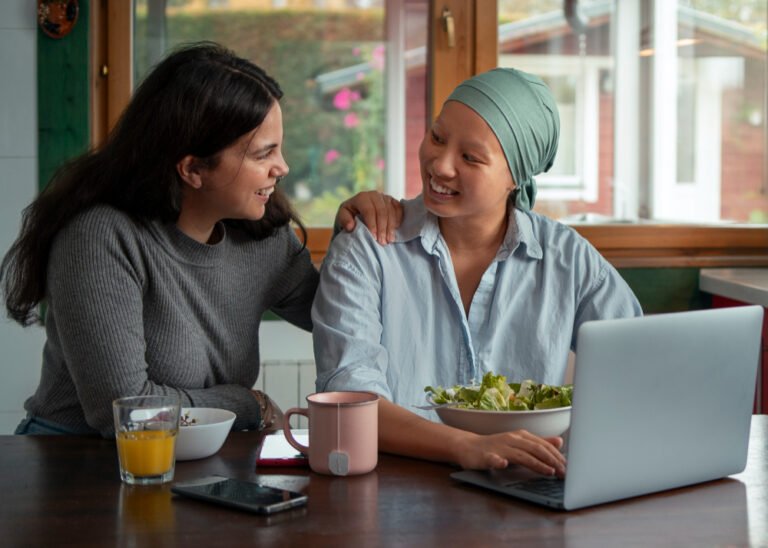A Guide for New Family Caregivers: Handling the Unexpected
As an Amazon Associate, we may earn a small commission from qualifying purchases made through links on this page. This doesn’t cost you anything extra. Sudden-Onset Caregiving: Maria’s Story Maria was a 35-year-old marketing professional when she got a phone call that changed her life. Her mother, who had always been independent, had fallen and…






